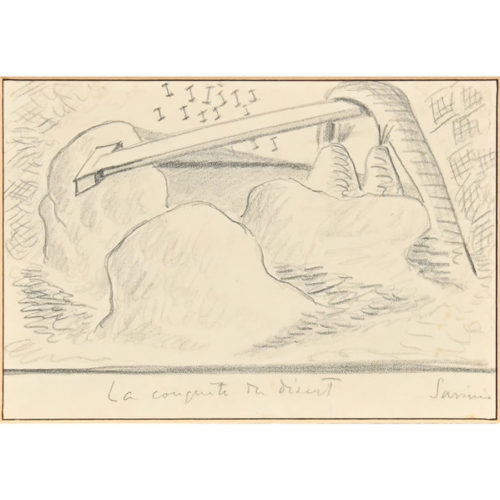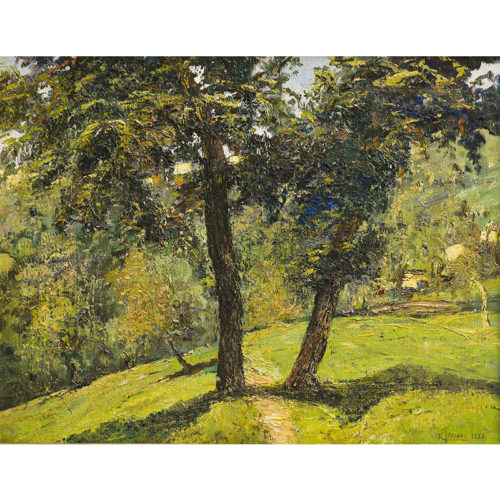-
Out of stock
 "La coquete du desert" pencil on paper by Alberto Savinio, circa 1929, signed on the lower right. "La conquete du désert" was published under this title in C.g. on p. 247, as of 1929, n.d. 9. Period: circa 1929 Measurements: H 12 x W 17.3 cm
"La coquete du desert" pencil on paper by Alberto Savinio, circa 1929, signed on the lower right. "La conquete du désert" was published under this title in C.g. on p. 247, as of 1929, n.d. 9. Period: circa 1929 Measurements: H 12 x W 17.3 cm
